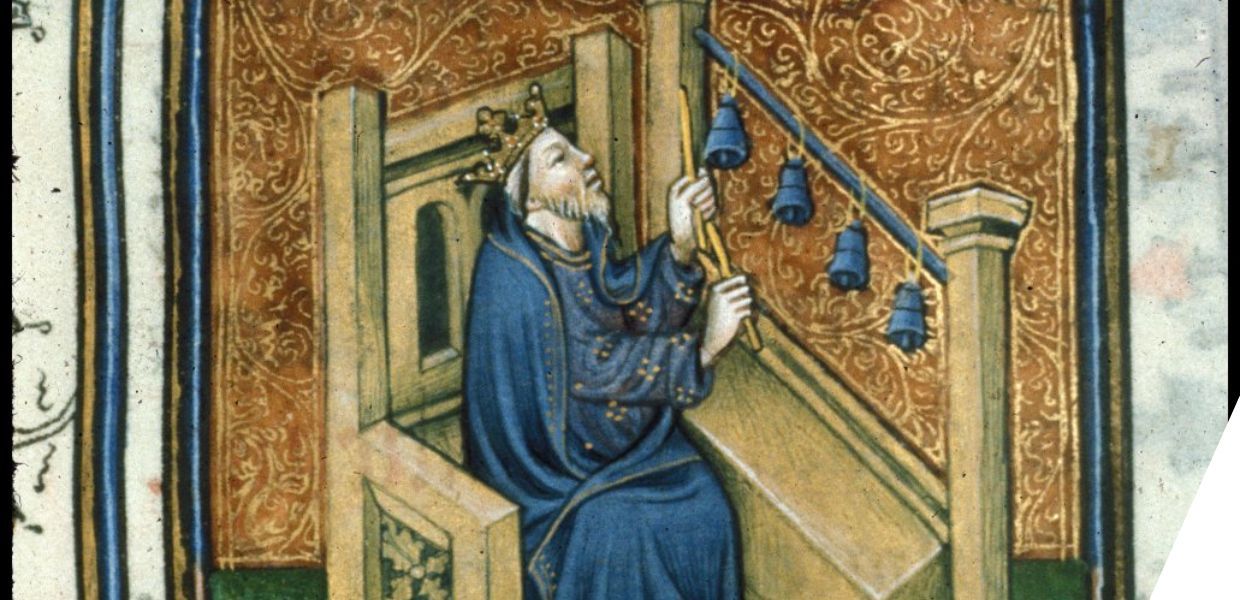3D visualisation and reconstruction of extinct cultural heritage sites has been a paramount topic for the Europeana Initiative and EuropeanaTech for years. Shepherded by initiatives like CARARE, 3D visualisation and experiences have gone from novel, primitive renderings or prohibitively expensive undertakings to ubiquitous, cutting edge and financially reasonable. The Europeana Initiative, together with the European Commission, is increasing focus on 3D and digital cultural heritage through the common European data space for cultural heritage and the recently launched Twin It! campaign, which will mobilise EU Member States to submit one 3D digitised heritage asset to the data space by the end of the campaign in 2024.
Now, with the visual work well underway, more and more heritage organisations are paying closer attention to the sonic characteristics of historic sites in the field of heritage acoustics. EuropeanaTech has been waving the flag for heritage acoustics for most of 2023 because we feel it's an underrepresented field which offers undeniable interdisciplinary value for the Europeana Network Association at large. Read on to discover some examples that we hope inspire colleagues from across the network.
About heritage acoustics
A little introduction to heritage acoustics. Heritage acoustics uses different measurement techniques, in particular impulse responses, to document how sound reacts in a specific space. This can range from something as primitive as popping a balloon in a chapel and recording the reverberation reflections, to using LIDAR (a light detection technique, sometimes called laser scanning) on the rocky hills of Greece to capture the reflective contours of a long-extinct amphitheater. These techniques and everything in between provide researchers with specific sonic data that allow them to understand how sound reacts and responds in specific spaces.
This data allows researchers and developers to input a specific sound and the output would be how that sound sounds in a specific space. For instance, let's say a piano player recorded themselves playing a piano in their living room. Using specific processing software trained by the acoustic data, the same piano player could input their home recording and the output would be how that recording would sound in a specific cathedral. Now, a caveat. This an extremely rudimentary example that omits countless variables but the principle remains the same.
However, these variables that the above example omits, are precisely what gives heritage acoustics (the study and documentation of acoustics in historical spaces) and 3D auralisation (putting these acoustics into a spatial engagement setting e.g. VR/AR) so much potential and variability.
Some examples in practice
York University AudioLab is one of the world’s leading research institutes exploring the world of immersive audio and spatial sound. The large team’s diverse portfolio of projects range from reconstructing the acoustic changes of the House of Commons over the centuries to creating in depth virtual models of Abbey Road and BBC’s Maida Vale recording studio. The Lab’s approach to seamlessly intertwining heritage sites with innovative yet practical implementation scenarios like music recording, game design and cinematic experiences demonstrate how audio simulation can enrich multidisciplinary creative endeavors. This is relevant for both the non-profit and for-profit sectors, opening up potentially viable business models for heritage organizations.
The EVAA (Experimental Virtual Archaeological Acoustics) project in France is a more heritage centric initiative using acoustic simulations and virtual reality to bring the past to life, perhaps best known for their work on the acoustical reconstruction of Notre Dame following the devastating fire in 2019. The EVAA, coordinated by Brian Katz (keynote speaker at EuropeanaTech 2023!) has a deeply inspiring, diverse portfolio of projects. The Ghost Orchestra is a virtual acoustic reconstruction of Notre Dame Cathedral specifically made using the Le Vierge that was performed at Notre Dame, April 24, 2013 when the cathedral celebrated its 850 year anniversary. The inspiration for the project was to combine the research done for the reconstruction of the cathedral with the recordings of this performance allowing anyone around the world to experience the performance as it sounded within Notre Dame. Listeners can hear how the performance sounded at different locations within the building. What’s wonderful about projects like this is that it’s multiple successes at once. On one hand, these acoustic models can be preserved for future research or reconstruction, they can be made open access to any creator can create new instances and consumers around the globe can experience the historic acoustics of this famed location.
The Ricercar team, consisting of musicology researchers from CESR (Center for Renaissance Studies) in Tours, France conducted multiple projects from 2013 to 2020, fusing different elements of Renaissance studies. Perhaps the most impressive are seen in their 4D Immersive Reconstructions of Sainte-Chapelle in Dijon and Collegiate Saint Martin in Tours. The end results, stunning virtual reconstructions of the cities, the spaces, costumes, individuals, and of course, the sound showcase the depth of multidisciplinary work that goes into VR projects and how audio impacts or is impacted by every discovery from the material of the clothing in the past to the density of the stone and more. You can watch a documentary on the project and experience the Dijon and Tours virtual instances.
Find out more and get involved
The field of heritage acoustics is still garnering interest from heritage organisations. The above are just a few examples of organisations dedicating considerable time and innovation to explore all the possibilities the field has to offer our connection with the past.
EuropeanaTech is planning further events, news posts and webinars on this topic, so don’t forget to keep an eye on Europeana Pro’s news page to hear what is planned. And be sure to join us at EuropeanaTech 2023 where there will be plenty of 3D and acoustics talk going on!
You can also find out more about how the TwinIt campaign is working to collect and showcase Europe’s cultural heritage in 3D and supporting Member States in their 3D digitisation and preservation efforts.


